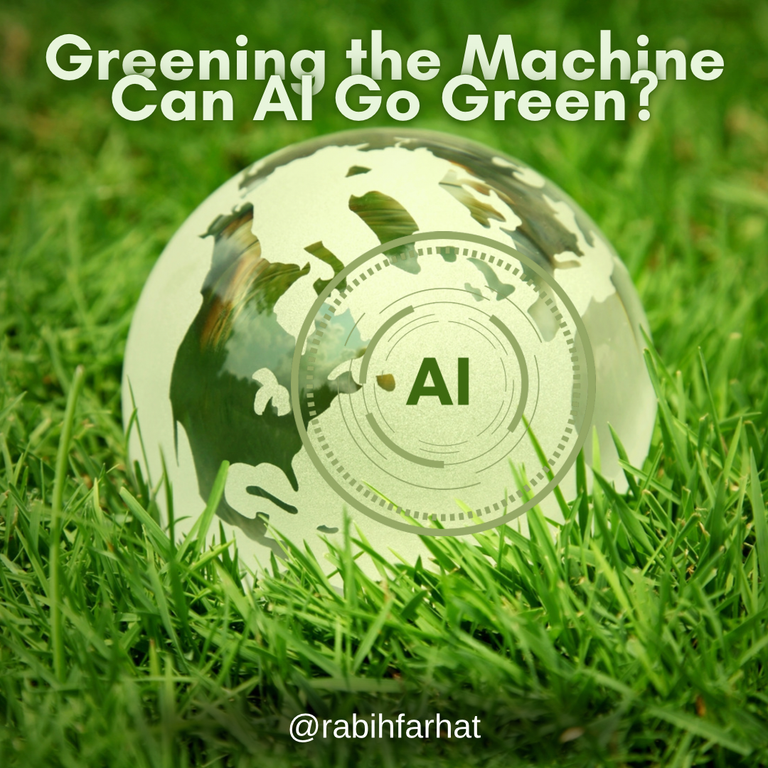Introduction
The generative artificial intelligence has revolutionized many sectors, from healthcare to finance and many others. Furthermore, this also raises concerns about an important issue which is AI’s energy consumption and its sustainability.
In this article we will talk about how artificial intelligence can become more sustainable, and point on the intersection between advanced technology and environmental responsibility.

First, we have to know about the energy requirements of artificial intelligence. Where the high energy consumption is a major factor for artificial intelligence since it depends on large data centers, and these data centers require big computing and cooling energy, which leads to environmental challenges.
The integration of different systems, such as networking, servers, storage, and cooling, is critical to creating energy-efficient data centers. So the computing needs of AI require innovative approaches to data center design, moving away from traditional methods like air conditioning to more sustainable options like liquid cooling.
Building a sustainable data center isn’t only about choosing the right technologies, it also requires consideration of the site and resource availability.
For example, in areas with sunlight and limited water, the cooling solutions are necessary. And here we can benefit from the renewable energy sources such as solar energy.
Cooling is a major factor in data center energy consumption. And since the system how traditional air conditioning works it uses large portion of energy, so by adopting liquid cooling systems, data centers can achieve energy savings, as these systems can significantly reduce the need for energy-intensive air conditioning.
Sustainability in artificial intelligence cannot be a single entity or company's endeavor, but rather requires collective efforts across the industry. Especially since sustainability is almost the only thing where there is no competition...but everyone works to achieve it.
Despite the benefits of the mentioned above, many companies are being slow or even ignoring to take the necessary actions. And this is maybe because some of them consider that the concepts of sustainability are simply a regulatory issue without looking to the other sides of it. Therefore, these organizations must know that these practices “sustainability” can also lead to cost savings and increase the profitability. So investing in energy-saving technologies and practicing them can provide long-term financial benefits.
Thus, the concerned parties have to highlight the point of saving money by doing this, which will for sure encourage them to do it.
Balancing between short and long-term goals is important for companies to ensure profitability and sustainability.
With taking into consideration that the new generations have become more aware and prefer to work for companies that have strong sustainability practices.
Conclusion
In my opinion, big tech companies are asked to apply sustainability into their products from birth to end of its life cycle. Where this can reduce the energy consumption of the products, and open the door of recycling and reusing the components.
As generative AI continues to develop, the challenge of increasing energy use and sustainability becomes more challenging. By integrating sustainability into every aspect of AI development and data center management, the industry can set the right way to a greener and more efficient future.
*Image designed using Canva
Posted Using InLeo Alpha
Going greed with AI should be a priority. I hope some AI brands look at this direction.